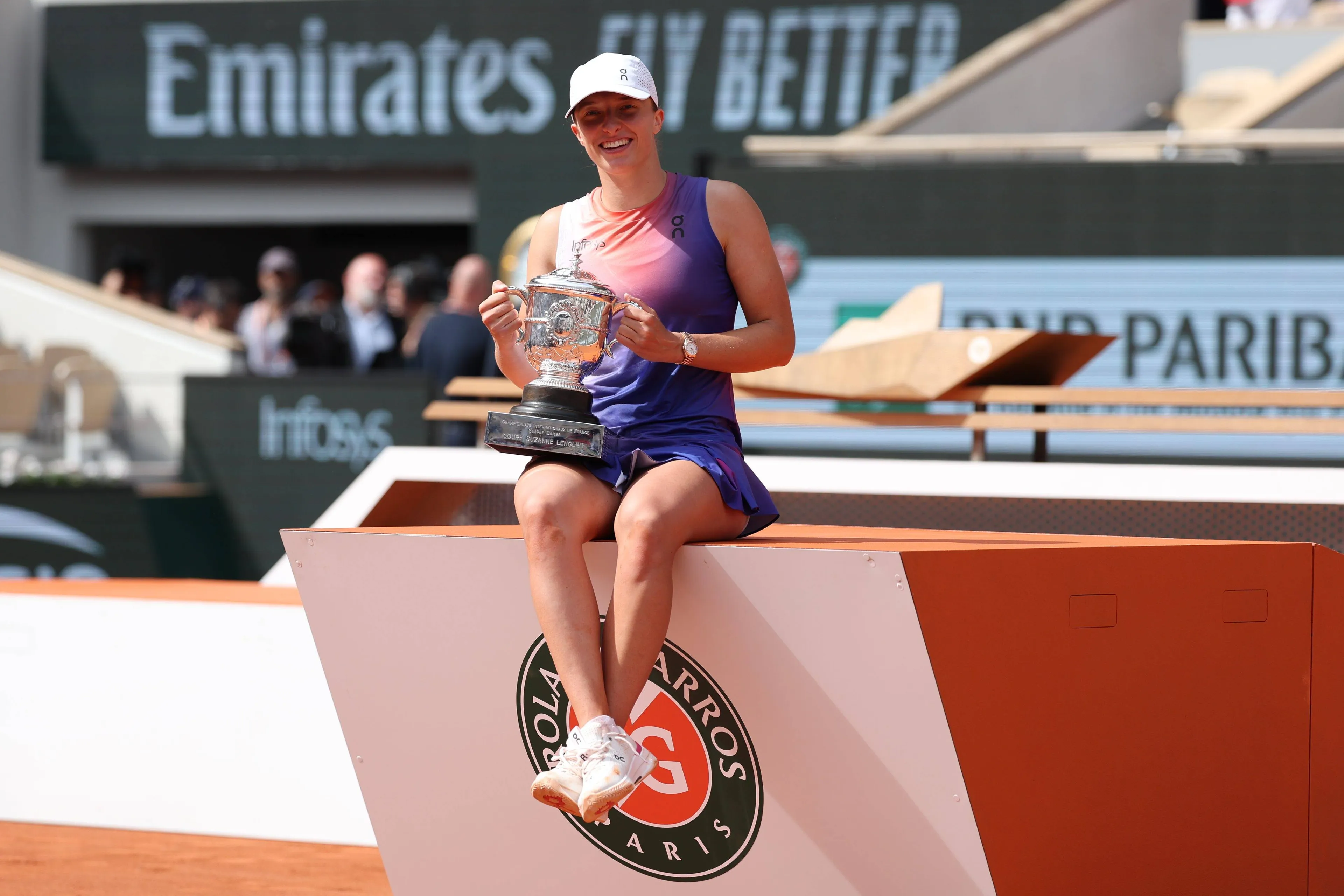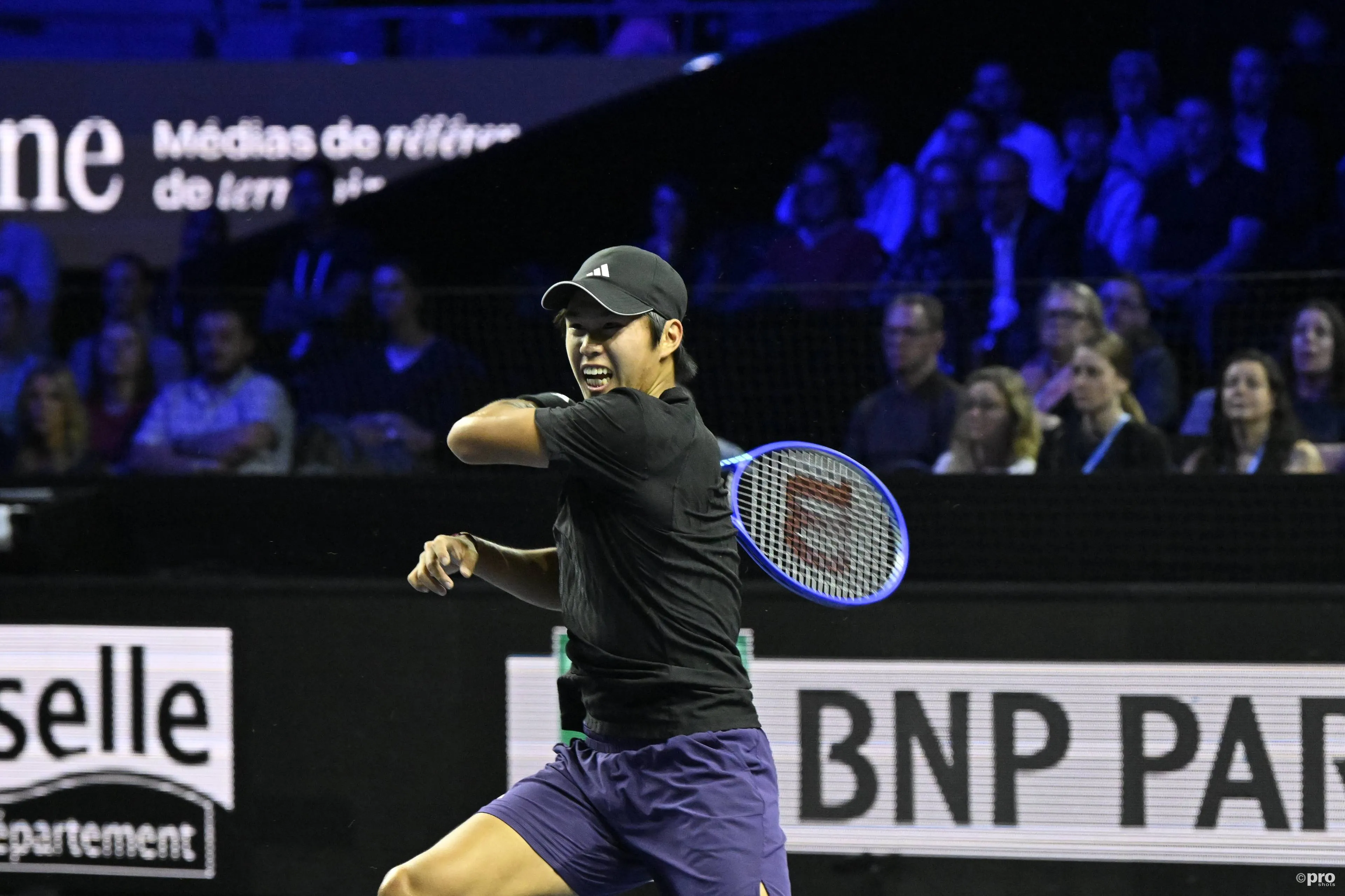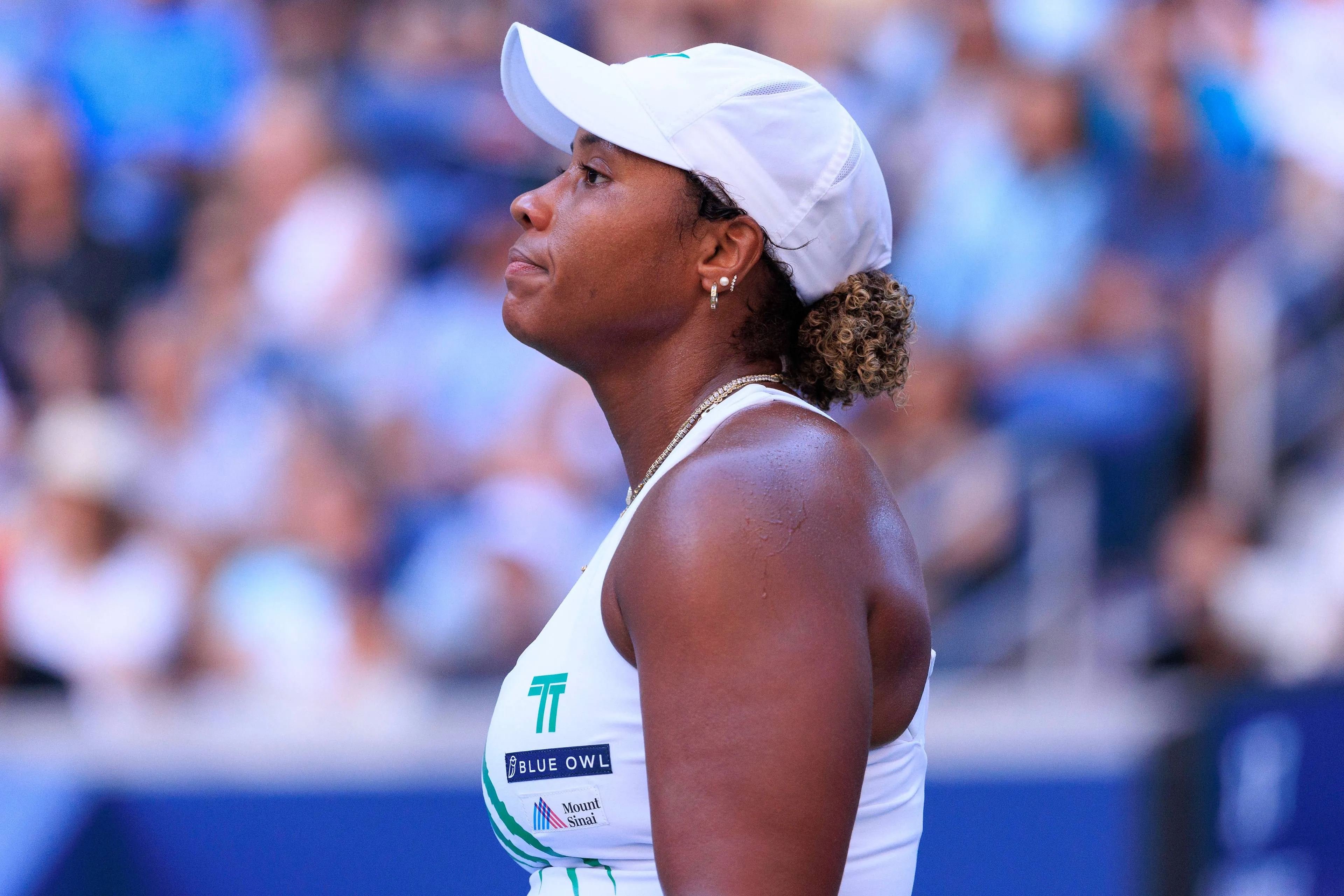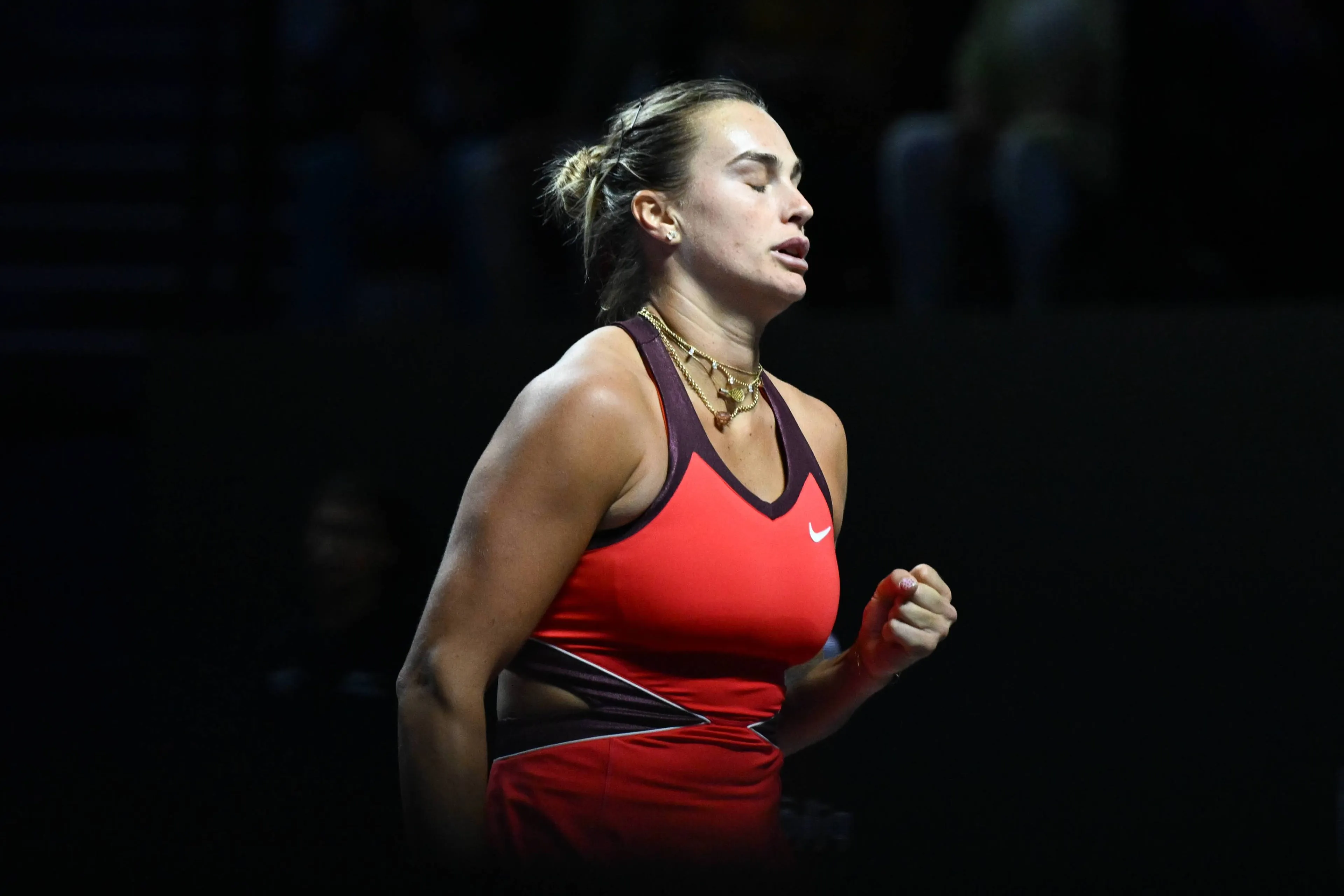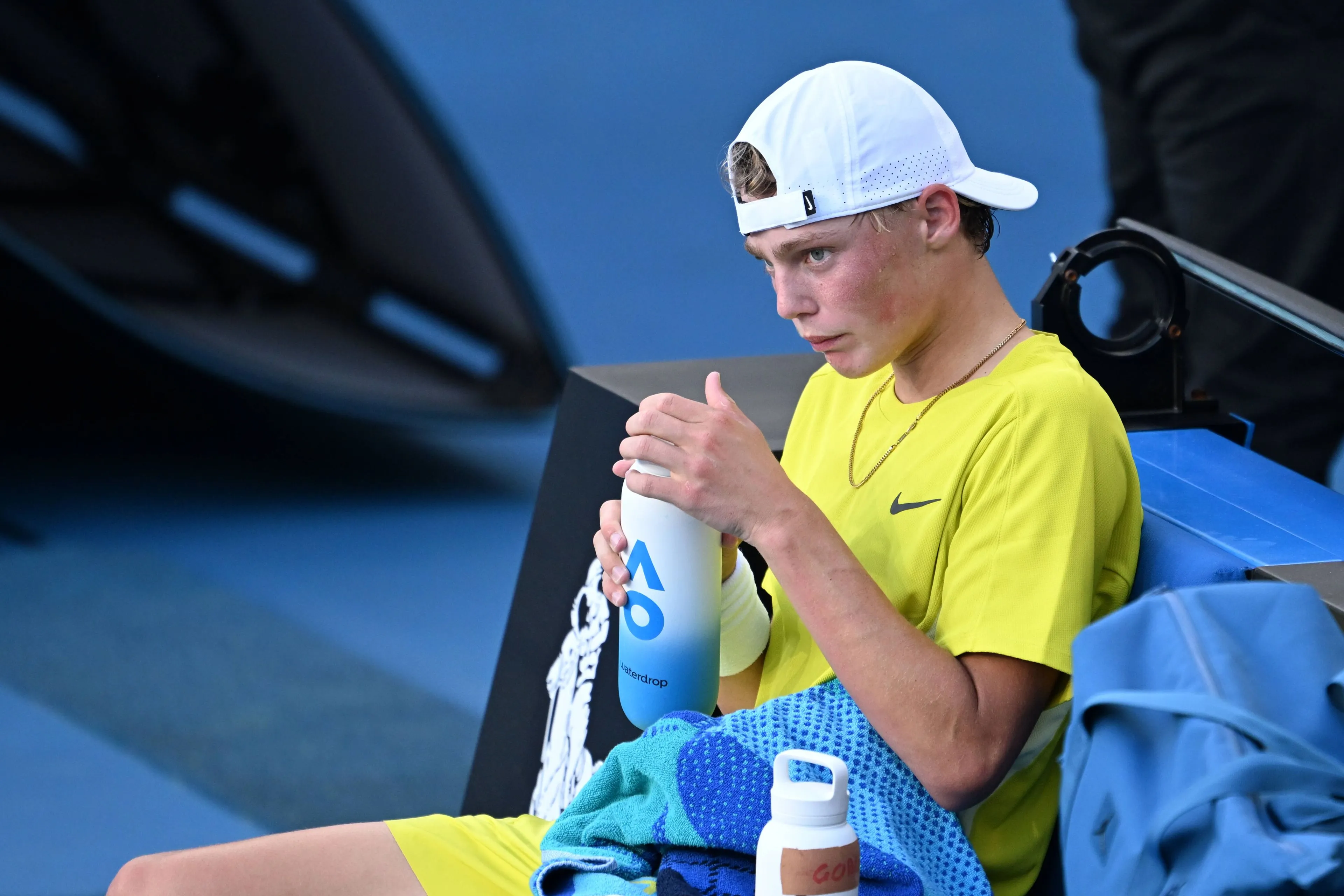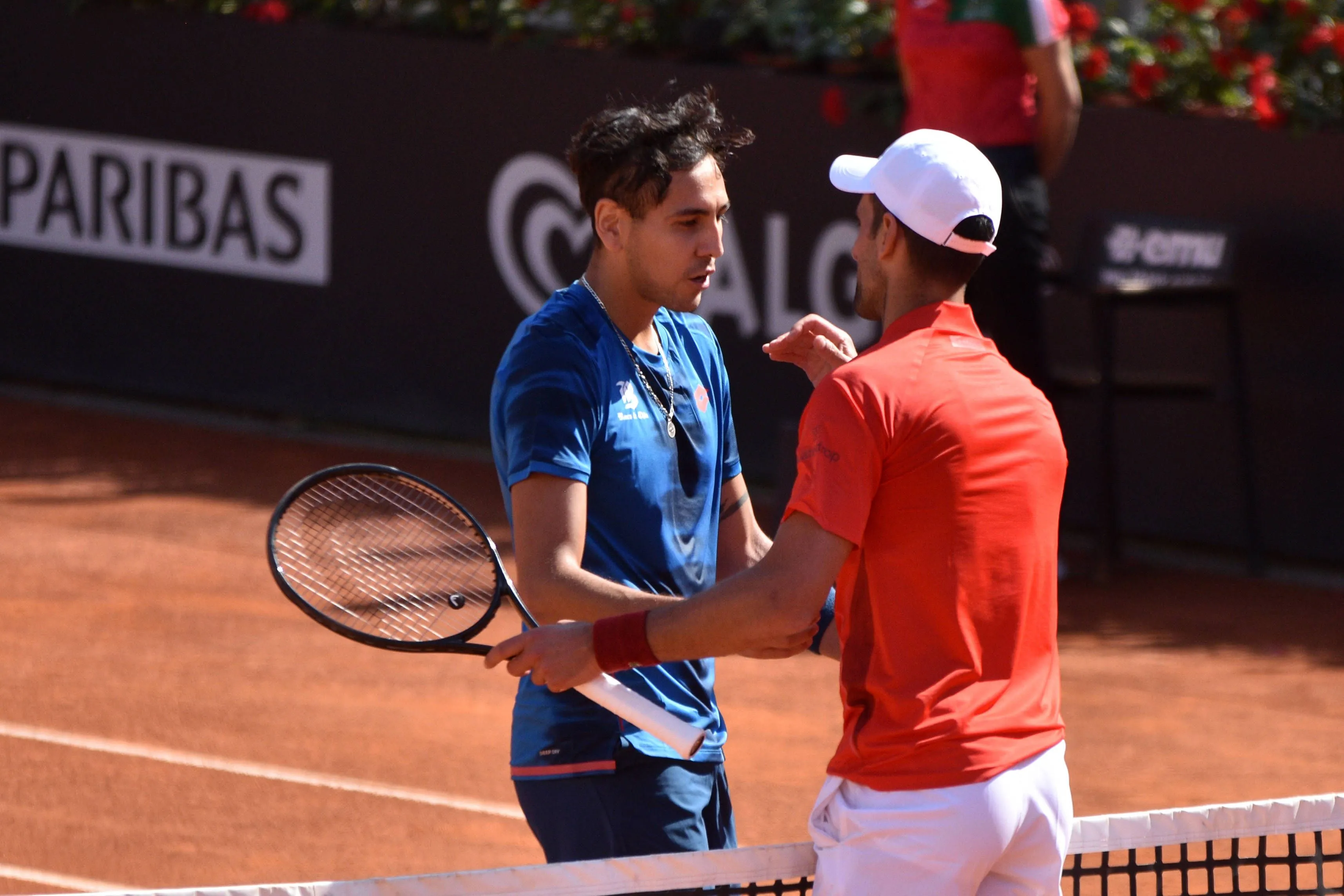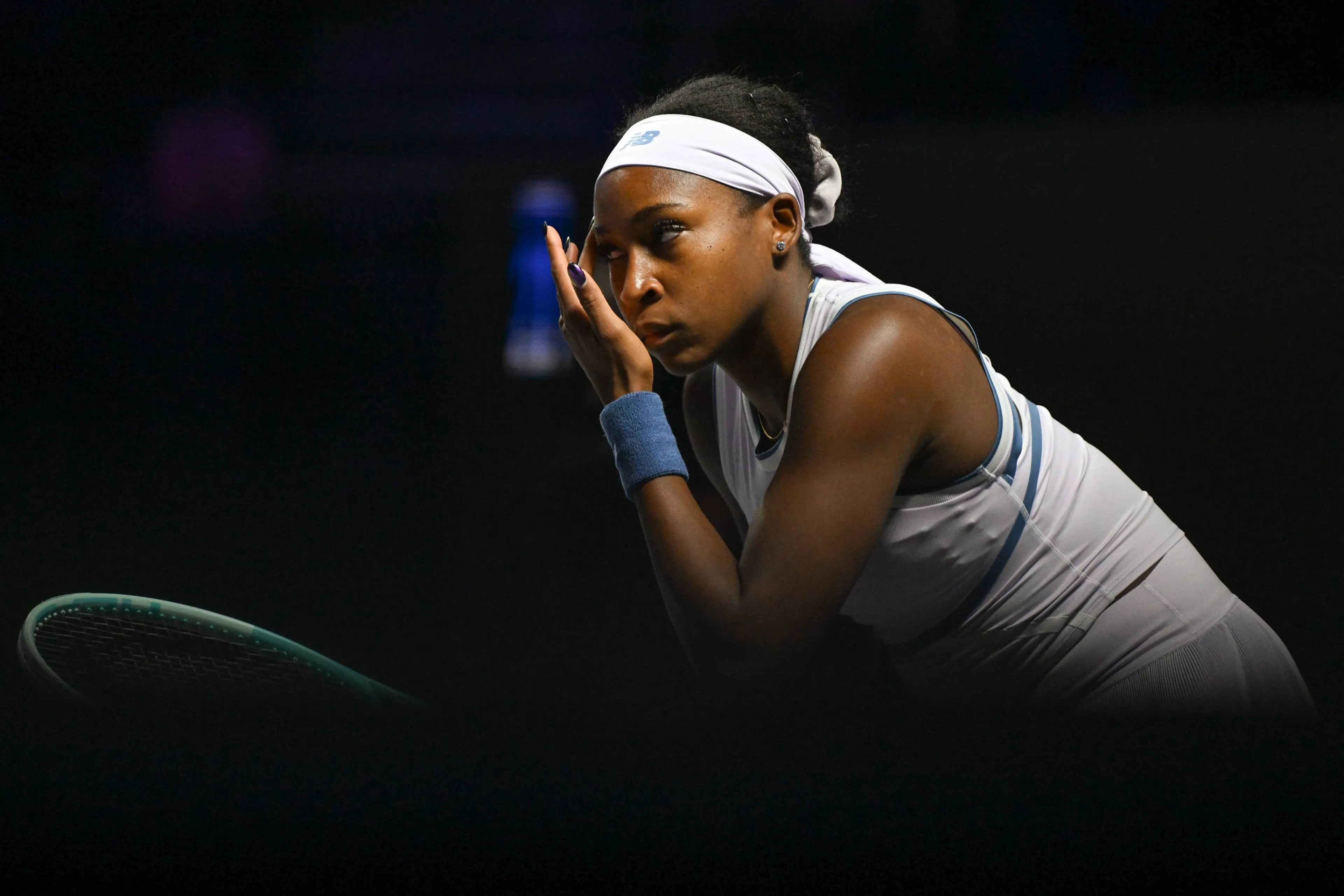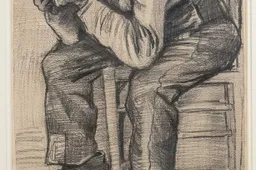Is it finally time to stop WTA French Open night session snub with only two matches in Amelie Mauresmo tenure?
WTASunday, 01 June 2025 at 07:30
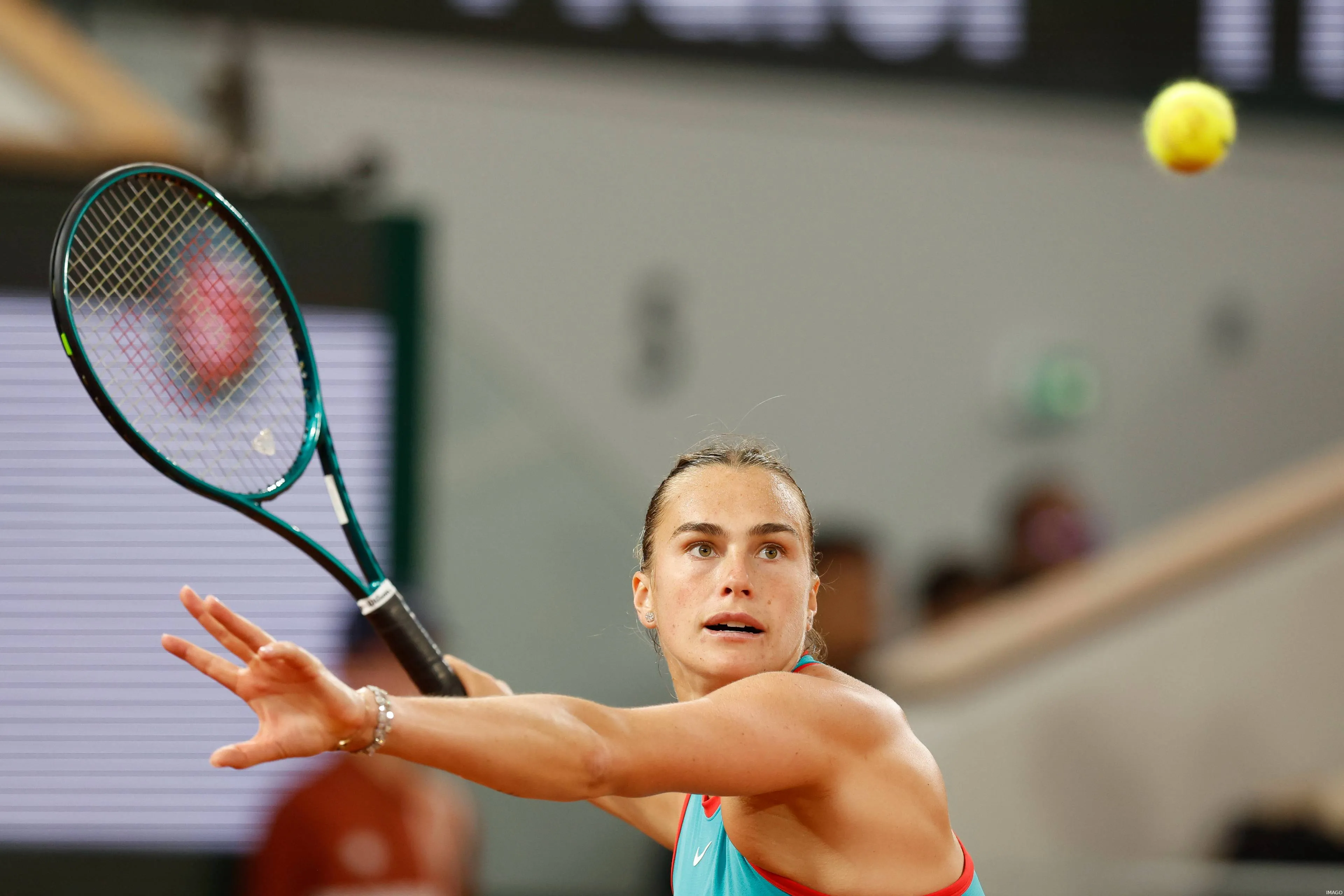
Another year, another chapter in the ongoing debate surrounding the French Open's night sessions—and once again, the spotlight is noticeably absent for WTA stars. In an era striving for equality, is the continued exclusion of women from the tournament’s marquee slot simply lazy, outdated thinking?
Ons Jabeur led the charge earlier this week, becoming an outspoken critic of the current structure. Once hesitant herself, Coco Gauff has since changed her stance, now questioning why women remain sidelined from the tournament’s prime-time billing.
Jabeur didn’t mince words, calling the situation a “shame”—a sentiment that resonates even more given that tournament director Amélie Mauresmo is herself a former WTA star. On paper, Mauresmo would seem a natural advocate for more balanced representation.
Read also
“It’s still sad that we are still seeing this,” said Jabeur. “In Europe, in general, it’s unfortunate for women’s sports… not just tennis. Whoever is making the decision, I don’t think they have daughters, because I don’t think they would want to treat their daughters like this.”
“It’s a bit ironic. They don’t show women’s sport, they don’t show women’s tennis, and then they [say], ‘Mostly, [fans] watch men.’ Of course they watch men more, because you show men more.”
Some players, including Iga Swiatek and Coco Gauff, have expressed a preference for earlier matches during Grand Slams. Their dominant early-round wins often wrap up before the ATP night match has even warmed up. That reality is part of the reasoning Mauresmo has given, emphasizing a desire to avoid ultra-late finishes—a concern she believes warrants a single night match, rather than the dual-feature approach used at Wimbledon or the US Open.

Iga Swiatek often wants to play early but is it time to remove the shackles?
Yet that rationale is increasingly seen as flimsy, especially when it becomes clear that WTA players are barely, if ever, selected for the night slot. The discussion isn’t about replacing ATP stars altogether—it’s about balance and visibility.
“For me, the message that I always said, and I will repeat, is the conditions have not changed of having one unique match in the evening,” Mauresmo stated.
“The message has never been the girls are not worthy of playing at night. It’s never been this.”
“There is nothing new under the sun compared to the previous editions,” she added. “We have one single match per night session. It hasn’t changed. We won’t change everything again. Two sets can go really fast when you have three sets minimum. It’s not the level the [women] reach right now. I’m not talking about this.”
Read also
The comparison to Wimbledon, US Open and Australian Open is the polar opposite. With an 11 p.m. cutoff and no official night session, fans attending the day session can count on seeing a full slate of matches. In contrast, Roland-Garros fans with night tickets are handed a single match—almost always from the men’s draw.
According to AP statistics, there was just one women’s night session match in 2022, one in 2023, and none in 2024. So far in 2025, the number remains zero. Jessica Pegula recently likened the annual discussion to “smashing [her] head against a wall,” a fitting metaphor for a debate that resurfaces each year without resolution.
What’s particularly perplexing is that men’s tennis hasn’t been at its strongest this clay-court season. Jannik Sinner only just returned following injury, Carlos Alcaraz missed much of the build-up with his own setbacks, and Novak Djokovic—still collecting wins—is a shadow of his former dominance. Even Djokovic made headlines when he admitted he preferred to watch the Champions League final rather than play the late slot—a golden opportunity for organizers to reconsider their rigid formula, even if Djokovic’s motives were arguably self-serving.

Novak Djokovic didn't want the slot on Saturday albeit that was for selfish reasons.
Meanwhile, Alexander Zverev has yet to capitalize on the vacuum at the top, while players like Casper Ruud, Taylor Fritz, and Stefanos Tsitsipas have stumbled. Emerging talents such as Jack Draper have made strides, but inconsistency has defined much of the men’s field.
In contrast, the WTA continues to offer both star power and compelling narratives. Aryna Sabalenka has cemented her status as a box-office draw. Swiatek, despite some mid-season struggles, remains a central figure. Her anticipated clash with Elena Rybakina promises to be one of the tournament’s most enthralling matches. Add Coco Gauff, Jessica Pegula, and rising forces like Jasmine Paolini, Mirra Andreeva, and Zheng Qinwen—who, notably, won Olympic gold at Roland-Garros just last year—and the case for WTA inclusion becomes even more urgent.
Commercial appeal? Undeniable. Sporting merit? Indisputable.
Critics often point to the best-of-three format as a stumbling block. But if matches are shorter, why not simply start earlier or feature women in the prime slot to ensure a timely finish?
Ultimately, change doesn’t happen unless those in power allow it to. And with just two women’s matches featured in night sessions since Mauresmo took the helm, the current picture is bleak.
The cycle continues: the question is asked, the spotlight shines briefly, and then fades. Even ATP players are now being asked for their thoughts—some likely preferring to avoid the late finish themselves. Will things change? The increasing media scrutiny suggests pressure is mounting. If or when it does happen, it may appear reactionary rather than progressive.
But the bottom line remains: if you never try, you'll never know. And doing it once is hardly proof it doesn’t work.
claps 0visitors 0
Just In
Popular News
Latest Comments
- Wow! Someone (author) is over-the-top impressed with Mercedes!! NEWSFLASH: The general public could care less what brand name is associated with any sport. What many are indeed interested in is -- Where is that obscene amount of money going?
- The current screwed-up appeasing state of Society makes it very difficult for sports to Right the Wrong of allowing Males to compete against females -- and vice-versa -- simply because one 'believes' they are a different gender. DNA testing is an obvious step toward Truth. Biology does not lie... you are what you are regardless of what one thinks. Moreover, using permanent surgeries to manipulate one's body also does not change its Biology. I like to believe I am extremely wealthy, with unlimited funds in my accounts... but the banks and retailers say it is not so. End of Fantasy.
- Forgot to add... I have nothing against white people.
- Good on them!! This betting disease is going to go one of two ways: Either it will be entirely restructured from the irresponsible "business model" it is; or be forced to return to off-line avenues. If this current situation continues, it will not end well for sports nor betting entities.
- Here's a "challenge"... stop withdrawing from, and/or cancelling, so many tournaments.
- I was ignorant once as well, in my Teens. May I recommend a dictionary? BTW: She has been called many, many, MANY names... and she earned every one of them!
- Over-Botoxification is gross.
- wow only one racist in these comments... oh well the article is still new
- “I think that’s a challenge..." A 'challenge' would be for Emma to play as many tourneys as her peers -- then talk to us about scheduling!
- RIDICULOUS... "retire" should be a permanent decision. Yet these two sisters keep infringing upon up-and-coming young players for their personal amusement. ENOUGH ALREADY from these wealthy women too easily bored with their privileged Lives.
Loading

